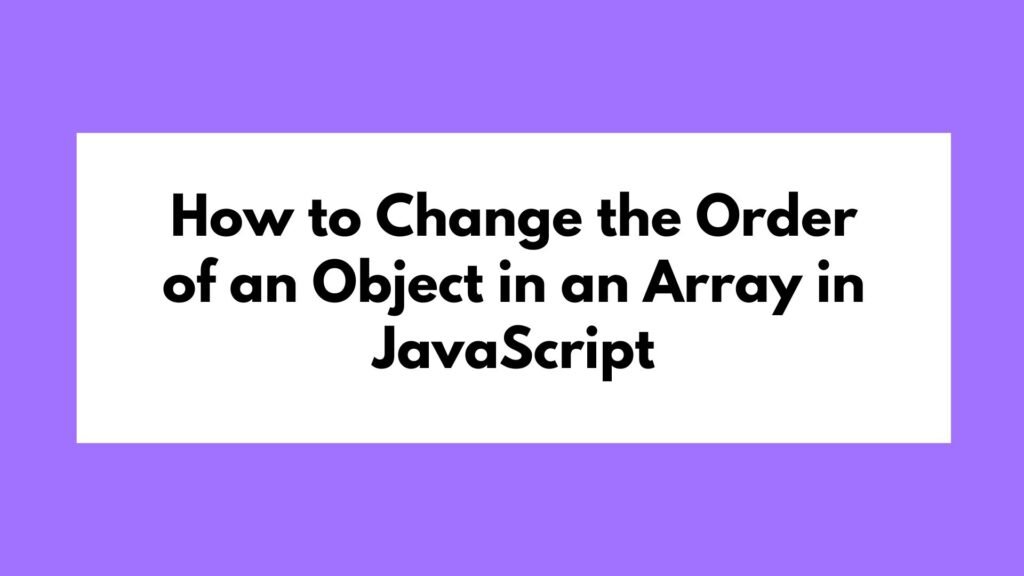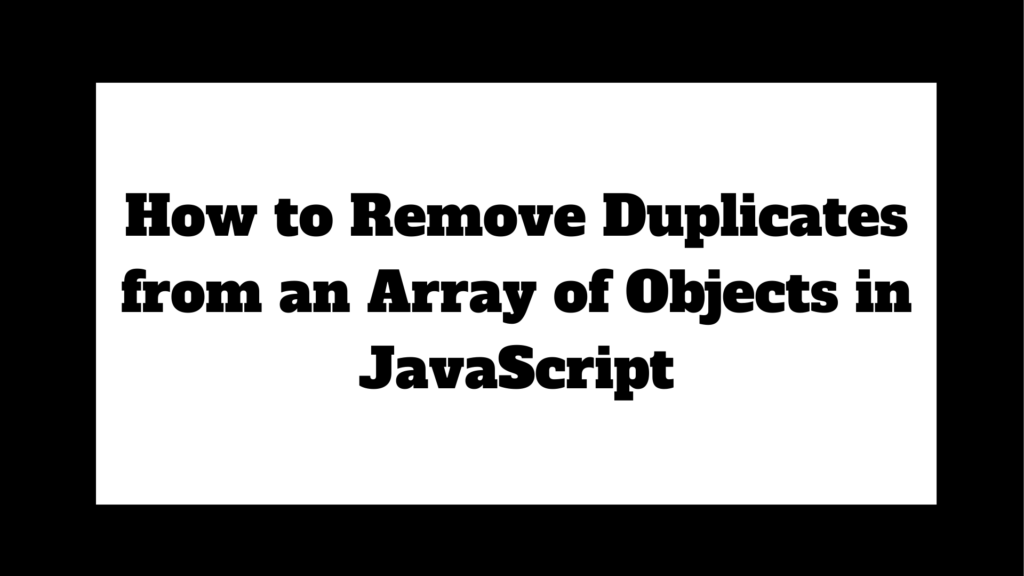
In JavaScript, == and === are both used to compare values, but they differ in how they handle data types. Understanding the difference between these two comparison operators is essential to avoid bugs and ensure your code behaves as expected.
Code Snippet:
console.log(5 == "5"); // true (loose equality, types are converted)
console.log(5 === "5"); // false (strict equality, types are not converted)
==compares values after type conversion (loose equality).===compares values without type conversion (strict equality).
Shortcut on What Is the Difference Between == and === in JavaScript
In JavaScript, == and === are operators used to compare values. While both operators check for equality, they do so in different ways. The == operator is more lenient and performs type conversion before comparison, whereas the === operator is stricter and compares both value and type.
Understanding == (Loose Equality)
The == operator checks for equality after performing type conversion. This means that if the two values being compared are of different types, JavaScript will convert one or both values to a common type before making the comparison.
console.log(5 == "5"); // true
Explanation:
- Here,
5is a number and"5"is a string. JavaScript converts the string"5"to the number5before comparing, so the result istrue.
Understanding === (Strict Equality)
The === operator checks for equality without performing type conversion. This means that both the value and the type must be the same for the comparison to return true.
console.log(5 === "5"); // false
Explanation:
- In this case,
5is a number and"5"is a string. Since they are of different types, the result isfalse.
Key Differences Between == and ===
| Feature | == (Loose Equality) | === (Strict Equality) |
|---|---|---|
| Type Conversion | Yes, converts types before comparison | No, compares types directly |
| Comparison | Checks equality after type conversion | Checks equality without type conversion |
| Use Case | When type conversion is desired or acceptable | When exact equality is required |
Examples
Example 1: Comparing Different Types
console.log(0 == false); // true (0 is converted to false)
console.log(0 === false); // false (different types: number vs boolean)
Explanation:
0 == false: The number0is converted tofalse, so the comparison returnstrue.0 === false: The types are different (numbervs.boolean), so the comparison returnsfalse.
Example 2: Comparing Same Types
console.log(1 == true); // true (1 is converted to true)
console.log(1 === true); // false (different types: number vs boolean)
Explanation:
1 == true: The number1is converted totrue, so the comparison returnstrue.1 === true: The types are different (numbervs.boolean), so the comparison returnsfalse.
When to Use == and When to Use ===
- Use
===(Strict Equality): When you want to ensure that both the value and the type match. This is the recommended practice as it prevents unexpected behavior caused by type conversion. - Use
==(Loose Equality): When you want to compare values that might be of different types, and you expect or want type conversion to occur.
Conclusion
The choice between == and === in JavaScript depends on whether you want to include type conversion in your comparison. Using === (strict equality) is generally safer and more predictable, as it avoids unexpected type conversions. However, understanding both operators allows you to choose the appropriate one based on the specific needs of your code.


